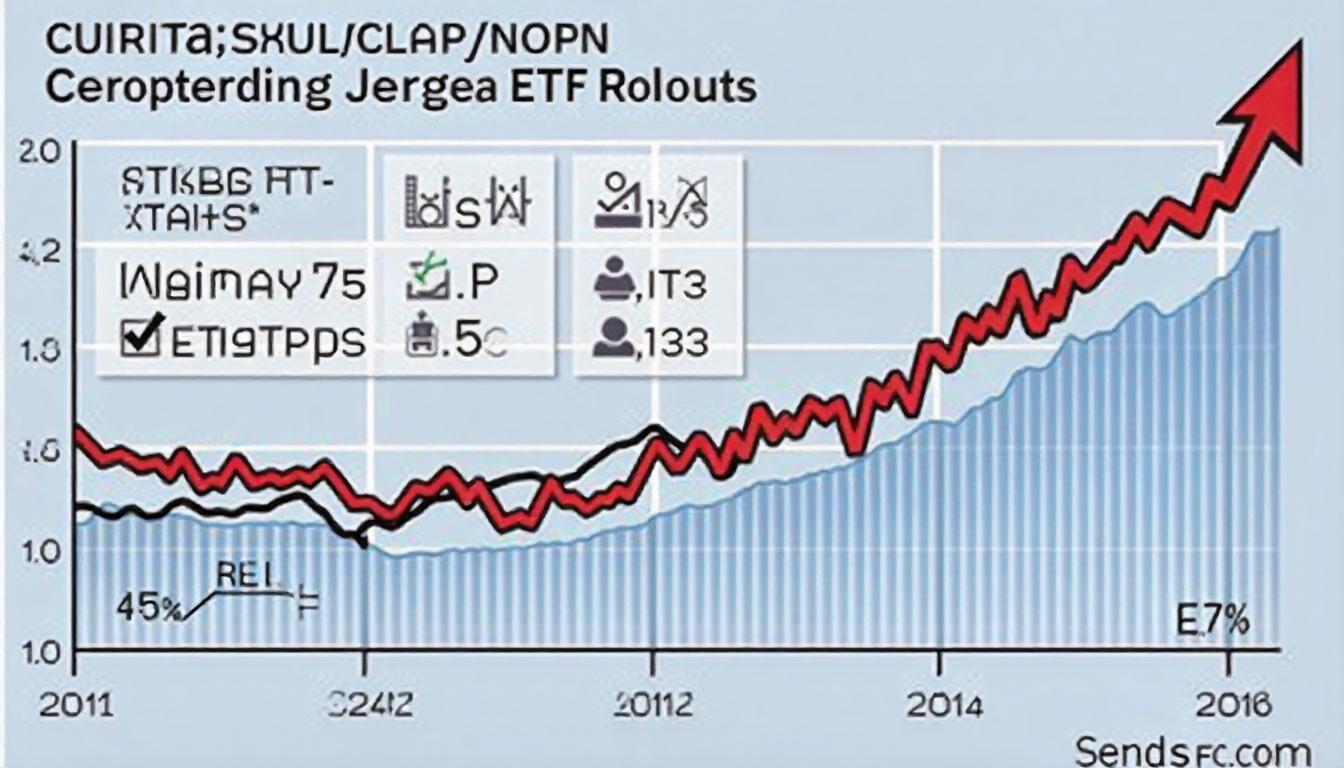Ethereum is witnessing a notable surge in the usage of “blobs,” a data storage feature introduced as part of the Dencun upgrade, indicating that more users are adopting Layer-2 scaling solutions for faster and more cost-efficient transactions.
According to Hildobby’s Dune Analytics dashboard, the number of blobs posted to Ethereum has consistently surpassed 21,000 this month, matching the record-high activity seen in March. The introduction of blobs has been a game-changer for Ethereum, allowing for large data sets to be bundled together and stored off-chain, without clogging the mainnet. This is in contrast to call data, which is stored directly on-chain and incurs greater costs. Essentially, blobs act like a large box holding numerous items, where users pay for the entire box rather than each individual item.
This uptick in blob usage highlights the growing adoption of Layer-2 protocols such as Arbitrum, Optimism, and BASE, which leverage blobs to group transactions, process them off-chain, and then post the bundled data to Ethereum’s main chain for verification. These protocols are becoming increasingly popular as they offer faster transaction speeds and lower fees compared to the Ethereum mainnet.
Matthew Siegel, head of digital assets research at VanEck, remarked on X: “ETH and its Layer-2 transactions continue to set all-time highs, up 40% compared to the summer. Meanwhile, blob usage has risen about 20%, driving Layer-2 fees to new levels.”
Blobspace, the dedicated area within Ethereum’s blocks where Layer-2 solutions temporarily store their data, is becoming a vital feature in Ethereum’s scaling efforts. However, blobspace comes with its own fees, which are paid in Ethereum’s native token, ether. Notably, these fees are burned, helping to reduce the circulating supply of ether. This burning process counters concerns that Layer-2 solutions may cannibalize Ethereum’s mainnet.
Recently, the cost for submitting blobs reached $80, the highest level since March, and the average number of blobs posted in each block rose to 4.3. In the past week alone, blob fees have burned over 166 ETH, valued at approximately $560,000, marking one of the largest burns to date, according to ultrasound.money.
Artemis, a blockchain analytics firm, highlighted that “blob fees have been low since their introduction in EIP-4844, but as on-chain activity has surged, the demand for blobspace has increased, pushing the blob fee market into a new phase of price discovery.”
As Ethereum continues to evolve with the growth of Layer-2 solutions, the price of ETH has risen significantly, reaching a four-month high of $3,546 earlier this week, outperforming Bitcoin, which saw a 5% drop. While Ethereum’s price has retraced slightly to $3,370, the increasing use of blobs and Layer-2 protocols suggests Ethereum is set to continue its growth trajectory, potentially outpacing other major cryptocurrencies in the future.





